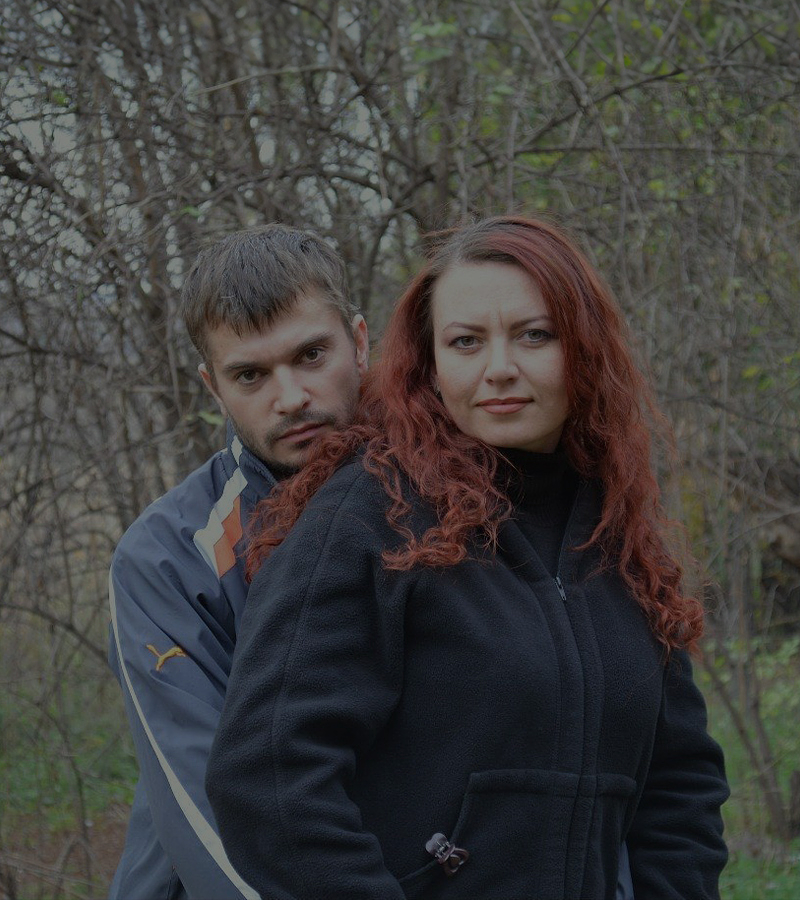Public interview with human rights defender Oleksandra Matviichuk as part of the VOICES Exhibition at The Museum of Civilian Voices by Rinat Akhmetov Foundation.
The Museum of the History of Kyiv is hosting the VOICES Exhibition, a multidimensional display based on true stories of Ukrainians about the war, collected by The Museum of Civilian Voices by Rinat Akhmetov Foundation. The Museum of Civilian Voices collects and stores the world's largest collection of first-hand evidence of the war in Ukraine, which already includes more than 100,000 stories.
In April, as part of the exhibition, a public interview was held with Oleksandra Matviichuk, a human rights defender working on issues in Ukraine and the OSCE region. Oleksandra heads the human rights organization Center for Civil Liberties and coordinates the work of the initiative group Euromaidan SOS.
In February 2022, together with partners, she created the "Tribunal for Putin" initiative to document international crimes in all regions of Ukraine that have been targeted by russia's attacks. The same year, Oleksandra was recognized as one of the 25 most influential women in the world by Financial Times. And the "Center for Civil Liberties", headed by Oleksandra, won the Nobel Peace Prize.
The public interviews, part of the VOICES Exhibition, launched a series of cultural events in The Museum of Civilian Voices by Rinat Akhmetov Foundation aimed at preserving the memory of the war.
Anastasia Platonova, a cultural critic, analyst, and curator of this series of events, moderates the conversations.

Anastasiia Platonova: Lesia, let's start with the importance of documented war experiences, particularly in the context of international law and achieving post-war justice. What can these documented experiences and testimonies influence?
Oleksandra Matviichuk: This is the most documented war in mankind's history. And it is an opportunity to change the global approach to justice for war crimes. Let me explain what I mean. 30 years ago, during the Balkan wars, a very famous picture was taken. It shows a Serbian soldier with his back to the camera kicking an elderly woman who is lying on the floor.
There are two other people in civilian clothing lying next to this woman and a pool of blood, and when you look at this photo, you get the impression that these three civilians are dead, and this Serbian soldier is simply kicking their dead bodies. 30 years have passed. A group of international journalists decided to investigate the story behind the photo.
They used only open data, were not at the scene of the event, and identified this Serbian military man. They found out that he had never been prosecuted, had made a successful career as a DJ, and still plays at festivals and concerts to this day.
What do I mean to say by this example? Remarkable changes have occurred over these 30 years. Now, we have the technologies that enable us to recreate what happened, collect evidence, and identify the perpetrators, which we could not have dreamed of 30 years ago. We can change the approach I still encounter when speaking with presidents, parliamentarians, and government members during international trips.
They still subconsciously believe that when there is a war and a vast number of victims, it is simply impossible to provide justice or a chance for justice to every individual who has suffered. I want us to challenge this statement because it is possible now.
We, as mankind, are theoretically armed with the technical means to make this possible.
We can achieve this if we change the global attitude and set an ambitious goal that every human life matters, and therefore, we must work towards giving each person a chance for justice. Ukraine can become the first such precedent; we need to develop international law and the infrastructure for it to make this a reality.
Read the full text at the link.






.png)



